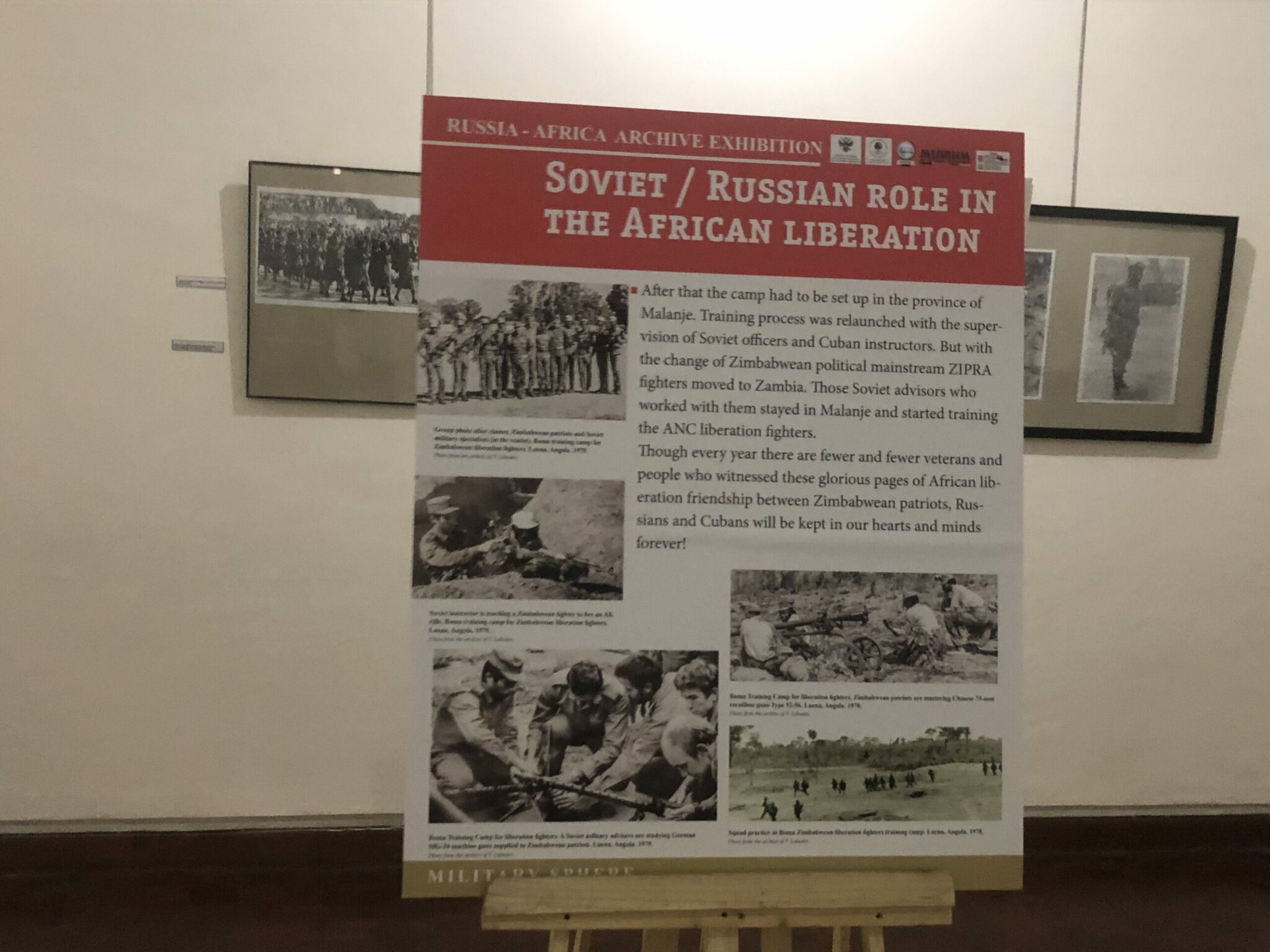By Ndumiso Tshuma
The National Gallery of Zimbabwe in Bulawayo has launched an insightful exhibition titled The Role of the USSR/Russia in African Liberation, examining the Soviet Union’s and Russia’s contributions to Africa’s independence movements.
Silenkosi Moyo, Regional Manager of the National Gallery, said the exhibition, which highlights a vital chapter in African history, is a collaboration with Russia’s State University of Humanities, the Joshua Nkomo National Foundation, and the Museum of African Liberation.
“The exhibition deepens our understanding of the USSR/Russia’s role in liberation movements across Africa, showcasing the international solidarity behind Africa’s quest for freedom,” Moyo remarked.
Bulawayo Deputy Mayor Edwin Ndlovu said the exhibition serves as a tribute to the historical support from the USSR and Russia in African struggles for freedom. “This exhibit honours the solidarity that transcended borders, driven by a shared vision of equality and self-determination,” he said.
Joseph Mukanyi, head of public relations at the Museum of African Liberation, stated that the museum’s mission is to collect and safeguard African heritage, preserving it for future generations.
“African knowledge is the foundation of our identity—why others fought to reclaim our legacy,” Mukanyi noted. “The USSR was instrumental in ensuring that Zimbabwe and Africa preserved their identity.”
Minister of State for Provincial Affairs and Devolution Judith Ncube reflected on the exhibit’s deeper meaning, describing it as a testament to the collective struggle against oppression.
“It underscores the invaluable role the USSR played in supporting liberation movements in Southern Africa, particularly here in Zimbabwe,” she said.
Ncube also shared historical insights, noting that from the early 1960s, the USSR provided critical support to the Zimbabwean African People’s Union (ZAPU), assisting with training and strategy.
“These efforts were not just about military aid; they symbolized unity and hope for those fighting for their rights and dignity,” she added.

